According to American biologist, Edward O. Wilson, he proposes in his book Half-Earth that by committing half of the planet to nature, we can hope to save the immensity of life-forms that comprise it.
He states: “At one-half and above, life on Earth enters the safe zone. Within half, existing calculations from existing ecosystems indicate that more than 80 percent of the species would be stabilized.”
Saving our wild spaces impacts so many facets of life on earth. By preserving these wild spaces, biodiversity is maintained, which is like life-support for life on earth.
The plant life of wild spaces actually give back to the planet by actions like absorbing and storing carbon, releasing oxygen for the planet, and seed dispersal for new plant life that continues this process. These actions help to regulate the temperature of the planet. These wild spaces also encompass watersheds that help to drain freshwater into water outlets like rivers and lakes that provide us drinking water.
With regards to wildlife, marine life like whales and sharks help to feed the phytoplankton on the ocean surface that act like plants that absorb carbon dioxide and provide us with oxygen. In effect, whales and sharks help to provide us with 50-80% of the oxygen we breathe.
The same goes for rhinos and elephants who disperse seeds they eat from shrubs and other plants that will grow elsewhere providing us with oxygen and also absorb carbon from the atmosphere.
Every ounce of nature has a purpose and ultimately helps keep our planet healthy.
We just have to shift our view to a wider-angle lens to see the larger perspective of what is really happening here. We are just one of 8.7 million species sharing the planet. This is home for all of us. By helping to save wild spaces, we are helping ourselves and each other.
References:
1. Wilson, E.O., 2016, Half-Earth, Liveright Publishing Corporation, New York
2. https://natureneedshalf.org/why-50/
Photo by Sebastian Unrau on Unsplash


